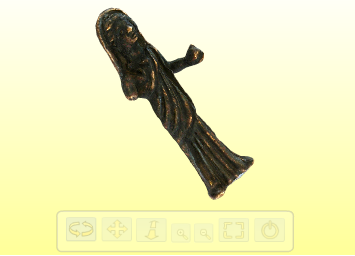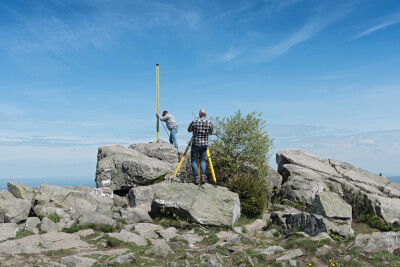I wrote not too long ago about the market for the scanning of historical artefacts heating up. And I don’t just mean the big historical sites that organizations like Cyark and INSIGHT are scanning. Rather, small stuff. Figurines. Bones. Furniture. All kinds of stuff that people travel to museums to witness in person, but wouldn’t mind playing around with on their computers as well.
Today, I came across a little pilot project that the Museum of London has engaged in, scanning artefacts from their collection and then putting them up on line with a very handly Flash-based tool that allows you to manipulate the items that have been scanned. It’s pretty fun.
I can’t embed the device, but you can go here to play around with a little figure of the Roman goddess Juno (no relation to the cute Canadian film).
I’ll wait for a couple of minutes while you do that. No hurry.
You back? Ok. Good.
Pretty fun, right? Is it just me or can you play with that thing for a while? I rather enjoyed making her look like a surfboard, standing her on her head, and then putting her in the most difficult position possible and then seeing how long it took me to get her facing straight up and forward again.
Obviously, the Museum of London is hoping kids have the same experience and develop a love of history and archaeology, and 3D imaging has a big role to play there. If you can bring the world to their desktops, kids are more likely to see what’s possible and to want to go out into the world to see it for themselves.
The bigger picture here, though, is that Flash player. Tell me that’s not handy. There’s huge value in being able to serve up 3D data quickly and easily and to let end users manipulate it easily. Part of the hurdle that 3D imaging has to overcome is the lack of experience that many people have with navigating in a 3D environment. A tool like this can help.
It was created by a company called Creative Dimension Software, which also makes software that allows you to create 3D models out of normal digital photographs. For this project, though, they were brought in to do the scanning for the Museum of London and then helped them put the results online.
Will this be huge business? Hard to say. But as more and more museums digitize their collections, there’s definitely going to be a market for scanning services and the back-office processing that makes the objects look photo-realistic. Seems like there’s a business there somewhere.






